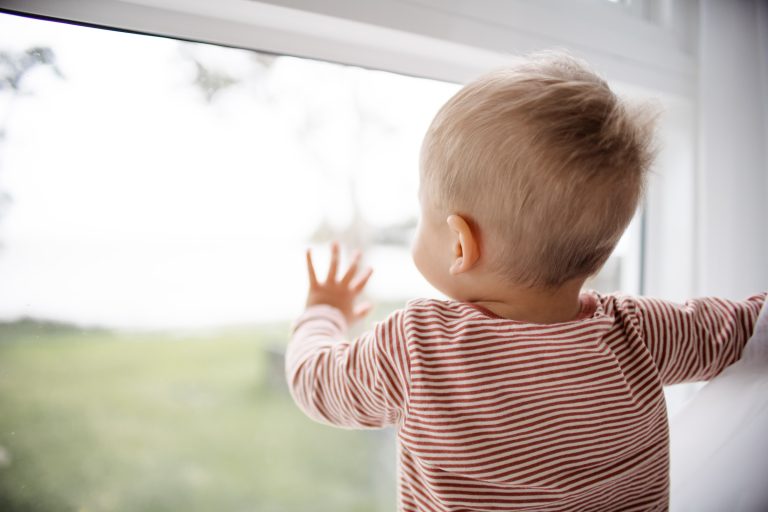Published in The Age on September 1, 2021
Amid fears about the long-term impact of COVID on kids, it’s worth reflecting on the bigger picture for children in Australia – the story we have much greater control over.
Nelson Mandela said you can judge a society by how it treats children. This wasn’t a platitude but a prescription for good government. It’s a script followed by President Joe Biden, who has made children central to his vision for America and an essential part of his strategy to compete with China.
A large part of Biden’s budget that advanced in Congress last week is the American Families Plan, which includes a $US450 billion investment in American children in the crucial early years.
This includes $200 billion for preschool for all three- and four-year-olds, and $225 billion so that low and middle-income families spend no more than 7 per cent of their disposable income on childcare costs and so early childhood services can improve quality and wages. The remaining $25 billion will create essential infrastructure to deliver on this vision.
Biden introduced the package at his first joint sitting of Congress in April. “To win that competition [with China] for the future”, he said, requires “a once-in-a-generation investment in our families and our children”.
The President cited studies showing that “adding two years of universal high-quality preschool for every three-year-old and four-year-old, no matter what background” enables them to “compete all the way through 12 years” and “going on beyond graduation”. He said the future will belong to countries who invest in early learning.
So where is Australia with children and this competition for the future? The recent federal budget and intergenerational report provide partial answers.
The budget read a little like Charlie and the Chocolate Factory and had some big treats. Guaranteeing preschool funding for four-year-olds is a big reform long overdue and one for which the Commonwealth deserves credit. But it is a long way from the American plan to deliver two years of preschool nationwide.
Similarly, the $1.7 billion investment in the childcare subsidy is a welcome announcement for families coping with the ever-increasing costs of early childhood education and care. Yet this story was framed as a treat for working mums, not as an investment in children with a double dividend for parents.
And there is no goal for how much families should spend – well over a third of Australian families still pay more than 7 per cent of disposable income on childcare.
The intergenerational report read more like The Gruffalo. Reams of pages on the growing dependency ratio, the (un)sustainability of essential services and a half-baked section on climate change would make any child feel let down. If children look hard, they will find themselves mentioned 48 times, but in the context of fertility rates, female workforce participation and the childcare subsidy. “Oh, the places you’ll go!” said absolutely no parent after putting down that bedtime story.
The COVID chaos makes it even more important to get the story straight about what Australia guarantees for its young children and their families, and how our early childhood development system can be the world’s best.
This story should start with what we know is a no-brainer: the importance of early learning for brain development. But it also needs to consider the interaction of critical services for children and families, often supported by different levels of government.
Our maternal and child health systems and early learning systems barely talk to each other. Our parental leave system bakes in inequity between women and men. Our focus on ‘jobs’ overlooks the early childhood workforce who shape our children’s fertile young brains.
Families are left with a fragmented system that compounds stress and confusion.
Governments have a responsibility to consider how these services are best funded, staffed and delivered, and to understand the cracks that children and families can fall through. They can agree on a shared vision and mobilise many contributors to turn the vision into reality.
If we want a more exciting story for Australian children, the forthcoming Preschool Reform Funding Agreement – a $2 billion national reform commitment to strengthen the delivery of preschool and better prepare children to start school – is a big opportunity to accelerate an Australian early childhood reform agenda.
To do so, the agreement has to be written with much more than a single year of learning for four-year-olds in mind. Preschool is important, but only as part of a connected system that supports children and their families from the time a child is born to when they start school.
Now is the time to make our early childhood system the backbone of Australia’s social and economic wellbeing. With investment and vision, we can make Australia the best place in the world to be a child, and to raise one. And we need to be to punch above our weight and compete this century.



